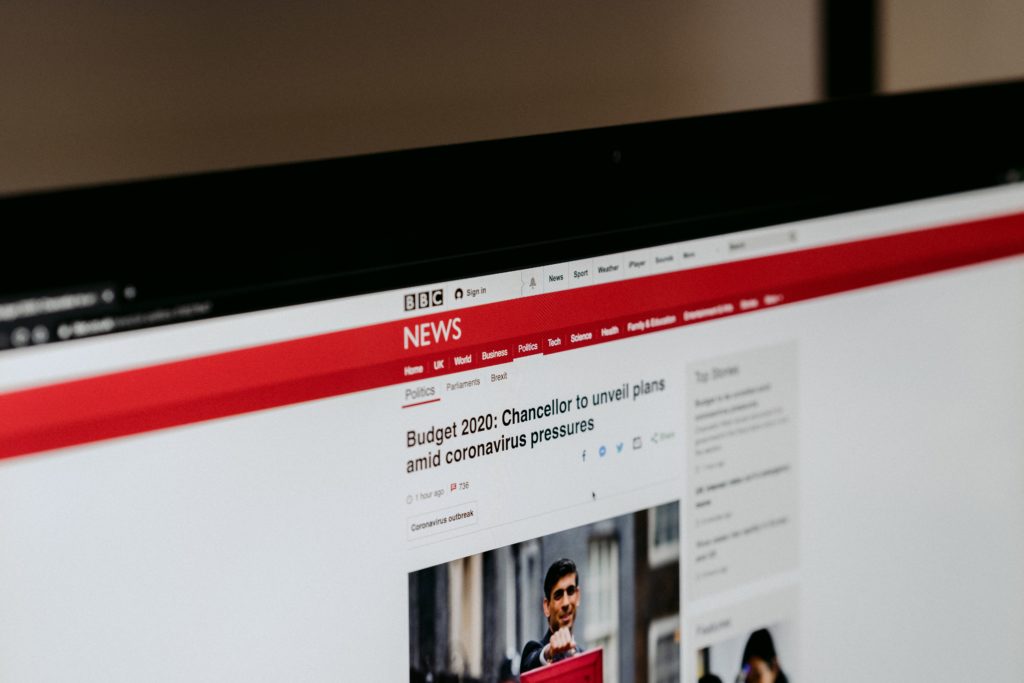
In part two of our three-part series, we explain the importance of research before you send out your pitch and how to find the right media contacts for your unique story.
Now that you have a few story ideas in mind, it’s time to research the outlets that might want to cover your story and which reporters to contact.
But first, a note about timing.
In today’s climate, it’s critical to pitch to the right reporter at the right time! Pitching your story without sensitivity around what’s happening in our world and an awarenesses of whom you are pitching can come off as clueless and even unkind. And of course, it can reflect poorly on your brand.
Does that mean that you shouldn’t pitch now? Not at all. But you should do plenty of research before you do.
Here are a few tips on finding the right outlets and reporters:
- Start with Google. Duh, right? Well, you’d be surprised by how many people skip this simple step. To begin, try entering keywords from your story idea. For example, let’s say you have an idea for an article about how music is helping people get through the Covid-19 pandemic. Use those keywords words (e.g. “music” “covid” and “mental health” to begin your search).
- Dig into the articles. In the above example, the top results included articles in The Guardian, LA Times, Thrive Global, and NPR. You’ll want to scan those articles to see if your story has a fresh new angle that won’t come across as a copycat of what’s already out there.
- Create a media contact list. Take note of who wrote those articles, and jot down their names and contact information. Maybe it’s a writer from People magazine who is writing profiles of musicians who are doing front porch concerts. Or maybe it’s a national newspaper that has a piece about creative ways that music teachers are connecting with their students.
- Expand your search. Go a bit broader and look for other similar publications and writers who might have an interest in music, mental health, resilience, coping….you get the idea. Add them to your list.
- The devil is in the details. Get the nitty gritty details (email and phone, as well as social media handles if possible) for your list of possible outlets and reporters to pitch. The masthead for both the print and online version of a publication can usually be found in the “contact” section of the website or somewhere in the footer. Dig around a little and you’ll likely find what you’re looking for.
- Start building the relationship. Once you have a list of outlets and reporters who might be interested in your story, get to know them and start building a relationship. Follow them on Instagram and Twitter, read their articles, and think about how you can be helpful to them. For example, are they looking for sources? Can you provide an expert to help with a current or future story? Once you start thinking about what the reporter needs first, you’ll be on your way to a pitching the right reporter at the right time!
Besides Google and good old fashioned online research, other sources for finding reporters include Help a Reporter Out (HARO)–a source of reporters looking for sources, as well as Cision and Muckrack, which charge fees ranging from a few hundred to a few thousand dollars depending on what products and services you select. Lastly, don’t forget to check out the outlets that have written about your competitors or similar businesses. That can be a rich source of information!
Now that you have your story and a list of contacts, it’s time to get down to the business of writing a successful pitch. We’ll have all the details of what that entails in part 3 of this series, coming up next week, so stay tuned!
Looking for PR help? Want to have your pitch critiqued or revised? Get in touch with us here or sign up for a 1:1 Zoom PR and marketing strategy session here.
